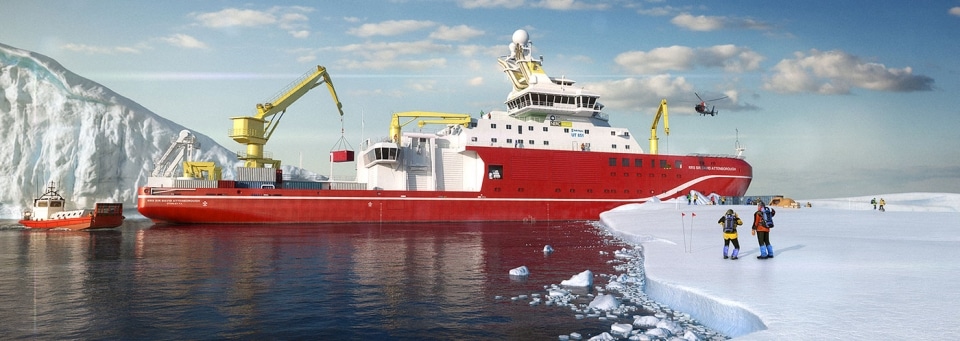
Find out what exciting developments are happening from around the world by researchers working with the Natural Environmental Research Council (NERC)
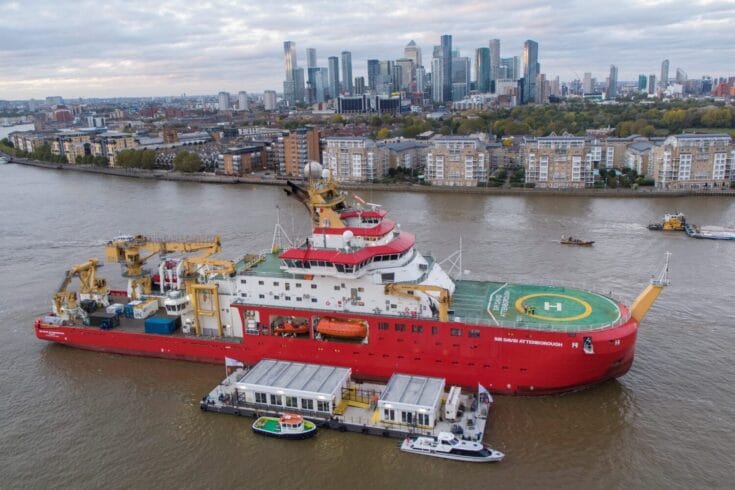
The UK’s new polar research ship has made its London debut in Greenwich today in support of the UK Presidency of the United Nations Climate Change Conference (COP26).
RRS Sir David Attenborough has been undergoing sea trials around the UK and is now ready for service. The ship will embark on its first Antarctic mission later this year.
The ship is making this special visit to Greenwich as part of a three-day public celebration hosted by the Natural Environment Research Council’s (NERC) British Antarctic Survey (BAS) and Royal Museums Greenwich (RMG).

The Natural Environment Research Council (NERC) is launching a new public engagement programme for young adults concerned about the environment.
This comes as part of UK Research and Innovation’s (UKRI) contribution to the United Nations Climate Change Conference (COP26).
The COP26 eco-anxiety digital engagement project entitled ‘Our Stories, Our Systems’ will facilitate two-way engagement between environmental science researchers and eco-anxious young adults.
The project will connect young people aged 15-25 years old across the UK with UKRI funded researchers to tell their climate stories.
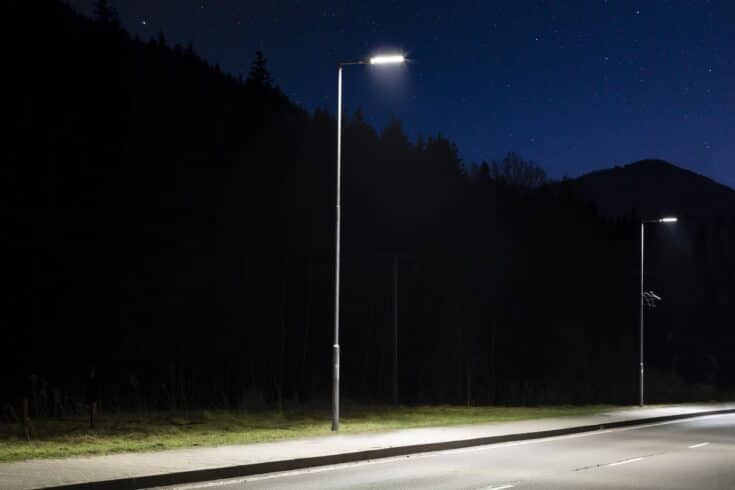
‘Eco-friendly’ LED streetlights are even more harmful for insect populations than the traditional sodium bulbs they are replacing, a NERC-funded study has shown.
The negative impacts of light pollution on insects including moths, which provide essential food sources for a variety of animals and are important pollinators, are well known.
However, scientists behind this latest research say it is the first investigation into the effects of the whiter outdoor LED lights on insect populations in ‘real world’ conditions.
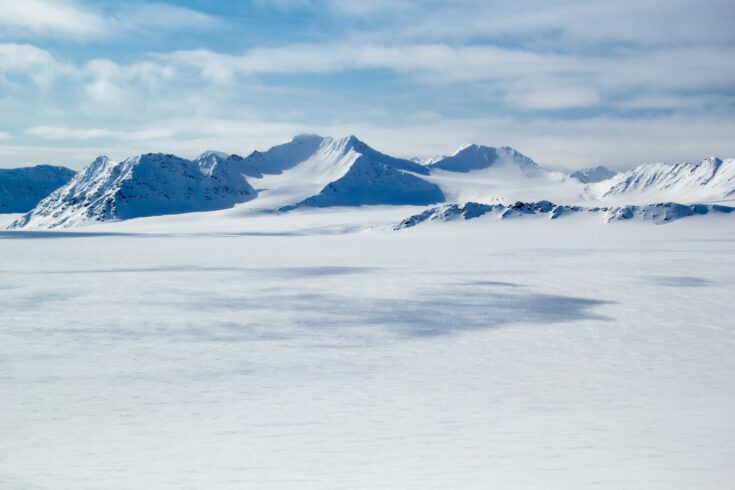
The Arctic Station in Ny-Ålesund, Svalbard in Norway, the UK’s permanent Arctic research facility, has celebrated its 30 years anniversary this week.
The facility continues to undertake critical research into how climate change is impacting the pristine environment, with the Arctic warming three times faster than the rest of the world.

A diverse group of members of the public, including those from under-represented communities, are helping to shape NERC’s healthy environment research priorities.
Between December 2020 and July 2021, 95 participants took part in several co-created online workshops at which they were able to:
• learn about NERC’s research on climate change, pollution, green spaces and the role of the environment in the spread of infectious disease
• use virtual reality to interact with different environments
• discuss and share ideas on what areas of research should be prioritised.
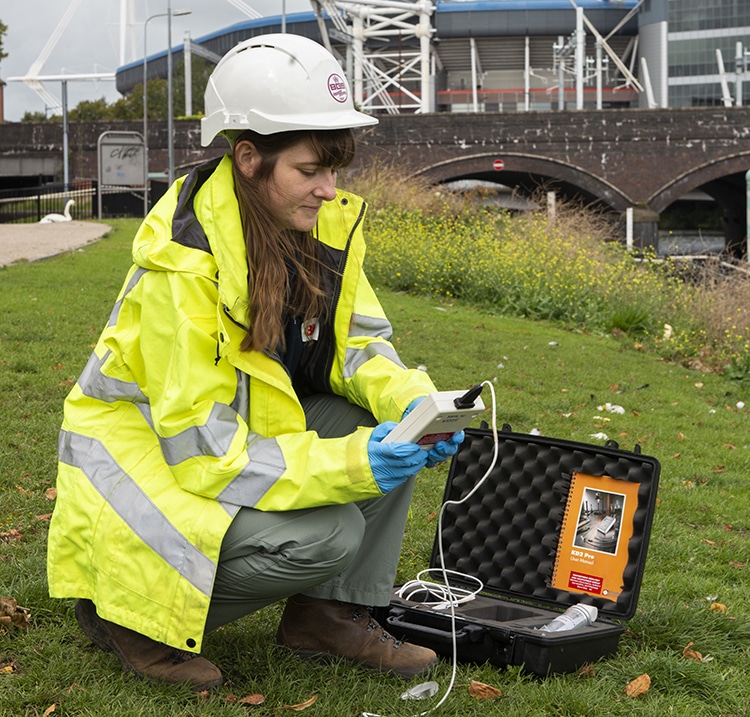
The untapped reservoir of hot water beneath UK cities could provide green energy for millions of homes.
A pilot scheme in Cardiff shows that it is possible to heat buildings using groundwater beneath the Earth’s surface. If this technology was rolled out across the UK it could provide green energy for millions of homes and small businesses.
The UK has set an ambitious target of reducing its net greenhouse gas emissions to zero by 2050. The solution may be lying right under our feet; there is potentially enough geothermal energy under the Earth’s crust to provide for all our power needs for billions of years, all we need do is harness it.
If you were to dig a big hole straight down into the Earth, you would notice the temperature increasing the deeper you go. That’s because the inside of the Earth is full of heat – emanating from the planet’s core, and the radioactive decay of uranium, thorium and potassium in certain types of rocks. Unfortunately, most of this heat is inaccessible; but tapping just a fraction of it would make a substantial contribution to reducing greenhouse gas emissions.
One option is to drill deep down into rocks to access hot waters directly. In most regions of the UK this would be madness, as the drilling costs would be astronomical. However in the south west of England, where the crust contains large amounts of heat producing granites, it may be feasible, and a geothermal power plant is currently under development at United Downs.
However the risks from drilling deep boreholes into the Earth’s crust are not yet fully understood, with some fearing the impacts on seismic activity. BGS scientists in Cardiff believe that a more promising route lies in accessing shallow groundwater just meters beneath the ground.
To read more about this, check out the Planet Earth website.
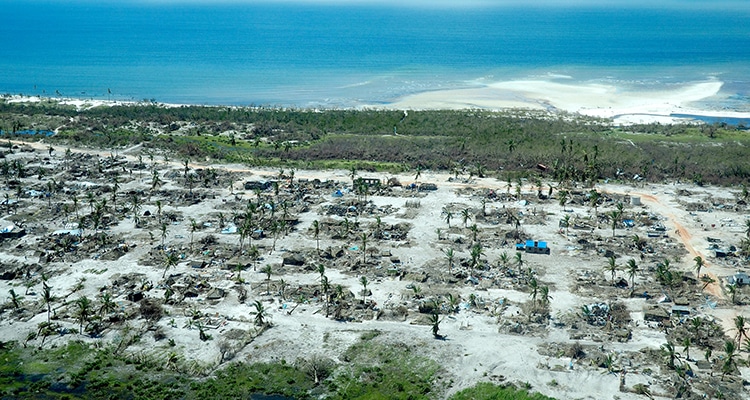
In November 2019 and February 2020, severe floods wreaked havoc across much of the UK. Given the huge costs to people’s lives and livelihoods caused by floods, one may wonder why more cannot be done to prevent flooding, or at least to warn people when a flood is expected.
So how can scientists predict when and where a flood is likely to occur? The first thing you need to get right is the weather forecast – you need to know how much rain is going to fall and in what areas. However, whilst weather predictions have come a long way in the past few decades – today’s three-day forecast is as accurate as a 24-hour forecast was in the 1990s – they are never perfect.
In addition to a weather forecast, you also need to know a great deal about the landscape of local areas, so that you can predict the path that rainfall will take.
“For every single raindrop that falls you need to track it and know where it goes,” says Professor Hannah Cloke OBE. “There are billions upon billions of different routes through the landscape that a single raindrop might take, for example it could soak into the ground, or runoff into a lake or a river. Based on our knowledge of the landscape and environmental conditions, we have to model all these possibilities to predict how much rain will flow into rivers from above and below ground.”
This complexity goes some way to explaining why, despite the advent of supercomputers and the hard work of some of the world’s brightest scientists, we are still some way from being able to predict exactly when and where a flood will hit.
Check out the IMPREX game where you can look at the use of forecasts to prevent flooding.
Participants have to be ready to protect their city and its inhabitants from flooding by interpreting forecasts and making decisions about what level of flood defences to deploy

Soils are critical to the health of our planet and essential for human, animal and plant life. they provide the nutrints and water required to grow food; they also support biodiversity and help to regulate climate, floods and droughts. However soils- and the many varied benefits they provide to humans and wildlife- are at risk from changes in climate and land use.
Soils are crucial to any plans to reduce overall greenhouse gas emissions; they store huge amounts of carbon – an estimated 1,500 billion tonnes worldwide, which is more than in the atmosphere and vegetation combined.
Healthy soils can mitigate climate change. This could be directly, by ‘locking in’ and keeping soil carbon that would otherwise be released into the atmosphere as CO2 or methane, or indirectly, by supporting the growth of plants, which remove CO2 from the atmosphere via photosynthesis.
Conversely, certain land management practices such as drainage for agriculture and forestry use, inefficient application of fertiliser, over-tillage and livestock grazing can exacerbate soil degradation, causing the extensive release of soil carbon and limit plant growth. This leads to negative impacts on the ecological food chain and the amount of CO2 captured from the atmosphere.
Soils themselves are also affected by changes in rainfall patterns and higher temperatures caused by climate and land use changes.
Two NERC-funded research projects, LOCKE UP and a long-term soil experimental facility in Clocaenog, North Wales, led by UKCEH, look into these in detail.
To read more about this story, check out the Planet Earth website.
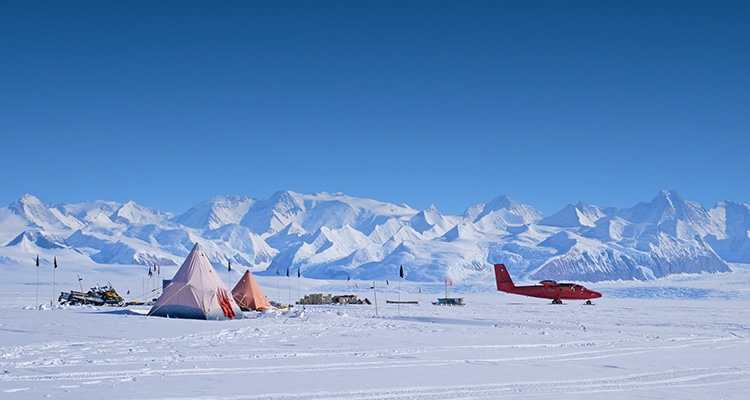
Landscapes in deglaciated areas are like time machines. By looking at the shape and size of landforms, interpretations about the former ice flow processes can be made. Wherever you see a drumlin (an elongated, teardrop shaped hill) you know a fast-flowing glacier used to be here. But how did they form and what can that tell us about present-day and future ice dynamics?
With ice flowing at more than one metre per day, Rutford Ice Stream in West Antarctica counts as fast flowing, and its bed is laced with elongated landforms. NERC fund research into understanding the link between these landforms and actual ice stream dynamics through the BEAMISH (Bed Access, Monitoring and Ice Sheet History) project.
The BEAMISH project aims are both academic and practical. The overall goal is to find out how Rutford Ice Stream has changed in the past and is flowing today. To do this scientists:
-Drill access holes to the bed of Rutford Ice Stream
-Sample and instrument the bed, ice and surface
-Find out when the ice sheet last disappeared
-Measure the temperature and straining of the ice
-See how water and sediment under the ice allow it to move fast
The project aims to improve our understanding of two aspects of this uncertainty: first, the past behaviour of the West Antarctic Ice Sheet (WAIS), and second, the flow of the fast ice streams that drain it. By choosing the right location, both these aims can be addressed within one project.
When completed, the project will give information on:
-An age for the most recent collapse of the ice sheet in this region
-The water system beneath the ice
-The thermal regime of the ice and bed
-The partition of ice motion between the three different flow mechanisms – sliding, ice deformation and bed deformation
Read the full story from Rebecca Schlegel on the Planet Earth pages.
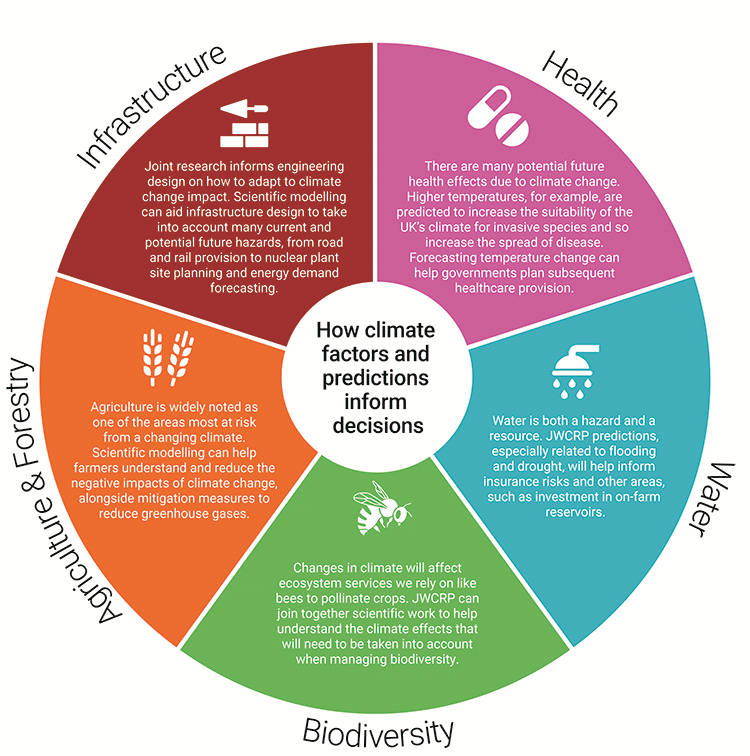
With climate change having a huge impact on the decisions and policies we make, never more has the need for collaboration been key. And at the forefront is the Joint Weather and Climate Research Programme, a groundbreaking collaboration between NERC and the Met Office.
The Joint Weather and Climate Research Programme (JWCRP) was launched in March 2009. Originally called the Joint Climate Research Programme (JCRP), the JWCRP right from the start created much closer working relationships between NERC and Met Office scientists when it came to developing improved models that focused on climate change predictions on timescales of up to centuries.
JWCRP effectively has two overarching goals. The first? To sustain and grow the UK’s national capability and research. And the second? To collaborate. Collaborate on a big scale, so, when it comes to major research initiatives and programmes, JWCRP will strive to align them, securing an effective impact of the research carried out, feeding the outcomes into the delivery of services of government, society and business.
Collaboration in action
The need: Create an integrated approach to forecasting more accurate weather predictions and the warning of natural hazards. Use this to develop more complete environmental predictions to help society make informed decisions that ultimately protect lives, livelihoods and property, facilitating social and economic prosperity.
The answer: Collaborating as JWCRP, the Met Office, UK Centre for Ecology and Hydrology, National Oceanography Centre and Plymouth Marine Laboratory began to work on the base of a coupled high-resolution probabilistic forecast system for the UK to the nearest kilometre.
The outcome: A research framework has been created to offer a unique new research tool for UK environmental science. Ongoing work will build on these foundations through Phase 2 work, delivering new research and pull-through to impact.
Fast facts: Monsoon
What? MONSooN (an almost-acronym for Met Office and NERC joint supercomputer system) delivers supercomputing infrastructure to enable collaboration between NERC and Met Office scientists. It’s a common computing platform, providing post-processing capability, fast data links and access to data archives.
When? The Monsoon service began on 1 December 2009.
Why? One word: advancement. By scientists having access to Monsoon, climate change modelling results can be shared, as well as developing joint software. All this can then help JWCRP and NERC scientists to change and inform key activities for future planning and policymaking.
How? Scientists can use Monsoon to run climate change scenario simulations based on their specific area of research, helping them to predict, change and inform.
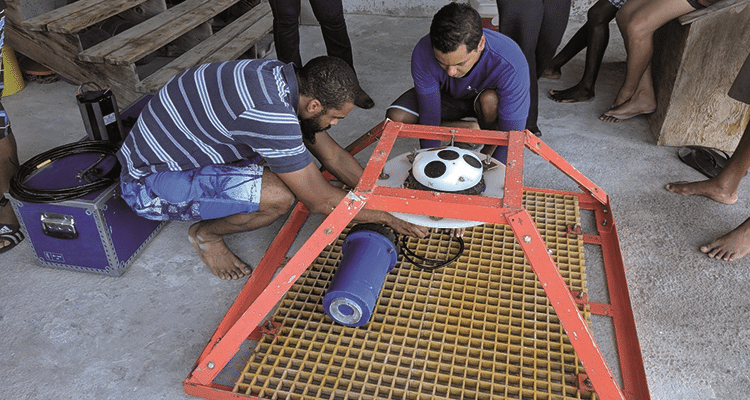
From rising sea level impact on coastal ecosystems to exciting new ways to reduce greenhouse emissions, marine scientist Dr Judith Wolf describes her research into the effect of climate change on the world’s oceans.
Together with colleagues at the National Oceanography Centre (NOC), my team and I are part of the global scientific effort to quantify the real risks of climate change.
A key element of our work is the provision of clear, measured evidence with which policymakers can make informed decisions. For example, the NOC works closely with the Marine Climate Change Impacts Partnership (MCCIP), and is a major contributor to its influential Report Card, which provides policy advisers, decision- makers, ministers, Parliament and the devolved administrations a sharp and succinct update on how climate change is impacting UK coasts and seas.
The 2020 Report Card makes for sobering reading, and many of its messages are clear and unambiguous: global temperatures are rising and this is leading to warming seas, reduced oxygen, increased acidification and rising sea levels. These global changes are affecting the UK continental shelf and coastal waters, and are having an impact on our ecosystems.
The report also tackles more controversial questions, such as whether extreme events – storms, surges and waves – are getting more severe.
Our models and observations of UK coasts and seas show an average (mean) increase in wave heights in the Northeast Atlantic since the 1950s. However, we have not been able to directly attribute this to climate change – and attributing the cause of individual storms is even harder. Indeed, under a high-emissions scenario, there might even be an overall reduction in mean significant wave height in the North Atlantic by 2100.
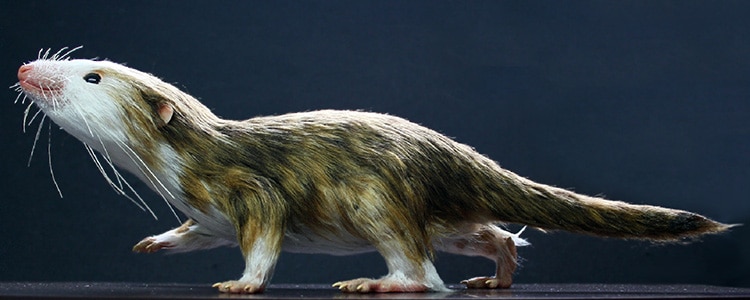
Scientists have discovered that mammals successfully evolved over the years by getting smaller in size.
The origin of modern mammals can be traced back more than 200 million years to the age of dinosaurs. But while dinosaurs evolved to become some of the largest land animals, for the following 150 million years the ancestors of all modern mammals pursued an entirely different strategy – getting very small.
Modern mammals are unique in having a lower jaw consisting of just a single bone that bears teeth. In contrast, all other vertebrates possess complex lower jaws formed by at least five or more bones joined together. In the course of evolution, fossils show that the lower jaw of mammalian ancestors became simplified and a new jaw joint was formed, while some of the other bones moved into the middle ear to aid in hearing. The team of scientists, from the UK and the US, wanted to find out how it was possible for mammals to simplify and restructure their lower jaws, while maintaining the ability to feed and hear. Using modern computer analysis to scan fossil skulls and lower jaws, they looked at what happened to the skeleton of our tiny mammal ancestors.
Their results showed that the small size of the fossil mammals significantly reduced the stresses in the jaw bones when feeding, while still being powerful enough to capture and bite through prey, such as insects.

Dr Nicola Masey has found that a new system can accurately model air quality in large cities like London in minutes, within five metres of any given location using just a standard office computer.
Air pollution monitors are stationed in cities and towns across the UK, but they only report pollution once it has happened. That means they can’t predict when air quality might change. Also, they only monitor a specific location, while air quality can vary substantially over small areas.
The new RapidAir® software, developed by a company called Ricardo, can predict what air quality will be depending on various factors. To find out if it was accurate, Nicola looked at historic pollution records from 86 sites across London and compared them to estimates from RapidAir. The software’s results matched records, showing that it was a good predictor.
Her research, which ran in parallel to the development of the RapidAir model by Ricardo, investigated the use of well-known mathematical equations to simulate the concentration of pollutions on built-up roads – sometimes called ‘street canyons’. She compared these with concentrations estimated with another method that estimates how densely built-up an area is.
For example, urban designers often look at things such as the amount of sky that can be seen, hill shade and wind effect to assess warmth and shade, but until now these factors have not been widely used in air pollution studies.
NERC Associate Director, Operations & Research Careers, Robyn Thomas said:
Air pollution is a pressing issue in the UK and internationally. We fund high-quality scientific research and innovation to advance our understanding of the sources and impacts of poor air quality, including funding researchers working with industry, business and government. As part of her NERC CASE studentship, Dr Masey’s work with Ricardo will help cities and people plan their air pollution exposure to minimise risks to health.
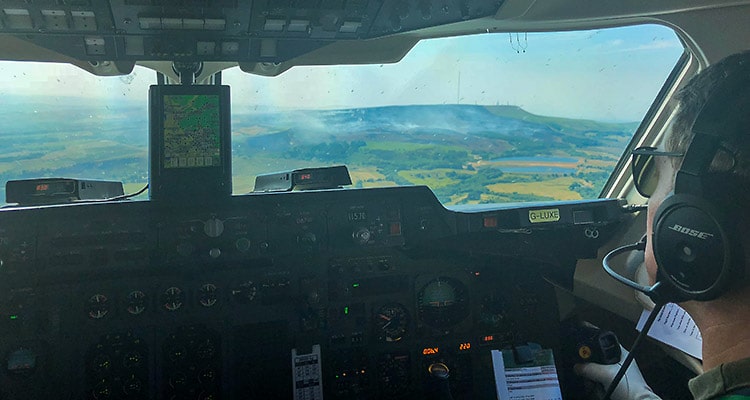
Scientists flew through the plumes of smoke rising from the Greater Manchester moor fires to sample pollution levels.
Operating the UK’s specially-adapted research aircraft, a team of NERC-funded scientists have measured and sampled the air pollution released from the moorland fires at Winter Hill and Saddleworth.
The recent heatwave has left the UK’s peaty moorlands vulnerable to burning, contributing to global warming in the same way as burning fossil fuels. The blazes broke out on the moors in late June during hot, dry weather and have continued throughout the heatwave despite ongoing efforts from the Greater Manchester Fire & Rescue Service.
Samples from the fire plumes taken on Thursday by researchers from the National Centre for Atmospheric Science (NCAS) on board the NERC and Met Office aircraft know as Facility for Airborne Atmospheric Measurements (FAAM). The team has previously used the airborne laboratory to measure methane levels from tropical fires in Africa, but are now using the same techniques to understand the UK moorland fires.
The samples are being analysed to identify gases like methane coming from the burning peat and will identify the other pollutants being released.
This work is part of Project MOYA – the global methane budget, which is a major project funded by NERC.
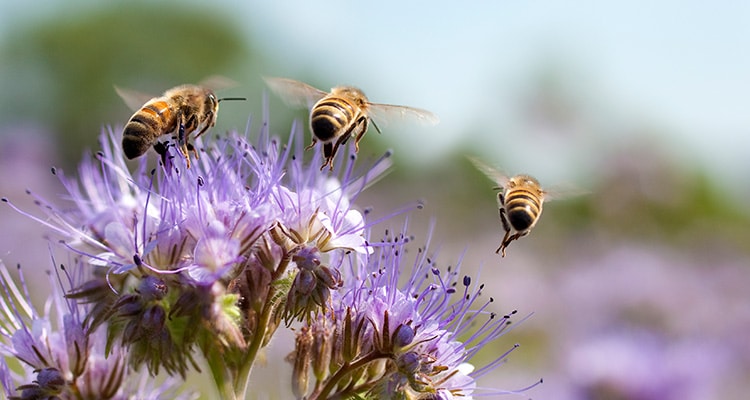
An innovative monitoring scheme could provide a better understanding of the factors that impact on the size and health of honeybee populations, and on honey yields.
As part of its new National Honey Monitoring Scheme, the Centre for Ecology & Hydrology (CEH) is asking amateur and professional beekeepers to send in honey samples on a regular basis for comprehensive analysis using advanced techniques, including DNA barcoding and mass spectrometry.
Using these techniques, the scientists will identify the types of pollen and pesticide residues present in the honey samples, as well as some of the diseases that bees are exposed to.
Beekeepers in the UK have seen several poor seasons in a row for honey production. Weather is a decisive factor in honey production but urban development, agricultural impacts, including the widespread loss of wild flowers and pesticide use, plus climate change and an increase in disease are believed to impact negatively on both wild and managed bees and their productivity.
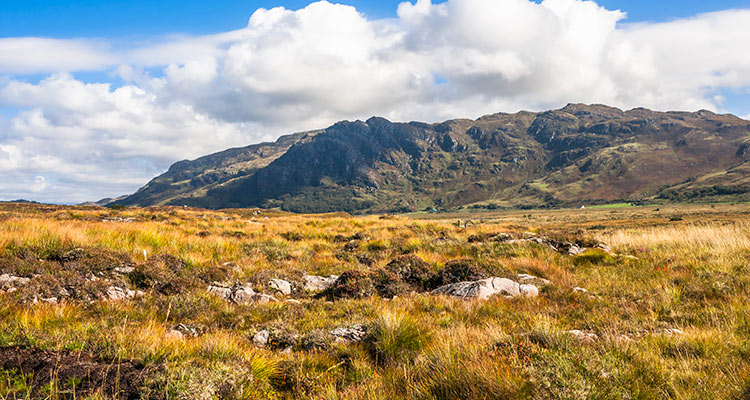
The UK’s spectacular scenery attracts millions of visitors from around the world. Iconic heath, peatland and sea lochs don’t just look beautiful though. They are shaped by the changing climate.
As they change, they create a picture of the impact of global warming that can help scientists find solutions. The landscape also plays a key role in climate change by storing carbon so it is not released into the atmosphere.
But just how the processes link together, and how plants and soils respond to global warming, remains unclear. NERC is funding research to find out how land and sea could be managed to safeguard its carbon stores, as well as the people and wildlife relying on it for survival.
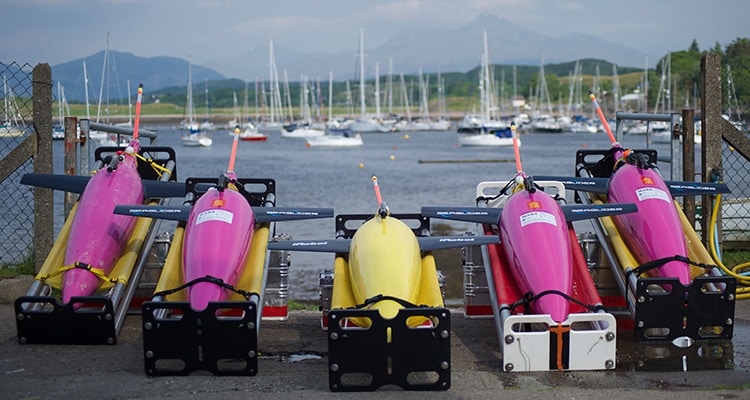
Underwater robots have uncovered new evidence about life in the Arctic and, for the first time, revealed the moment the region’s marine ecosystem springs into life after the dark winter season.
The unique data was gathered by autonomous ocean-going ‘gliders’ and will help marine scientists understand more about the so-called ‘Arctic spring bloom’, which kick-starts the ecosystem and is crucial in providing food for animals in the region.
Gliders work around the clock for months on end, taking measurements such as ocean temperature, oxygen levels and salinity. Researchers from the Scottish Association for Marine Science (SAMS) have been able to observe seasonal changes as they happen in the Arctic, thanks to a continuous glider presence in the Barents Sea between January and July this year.
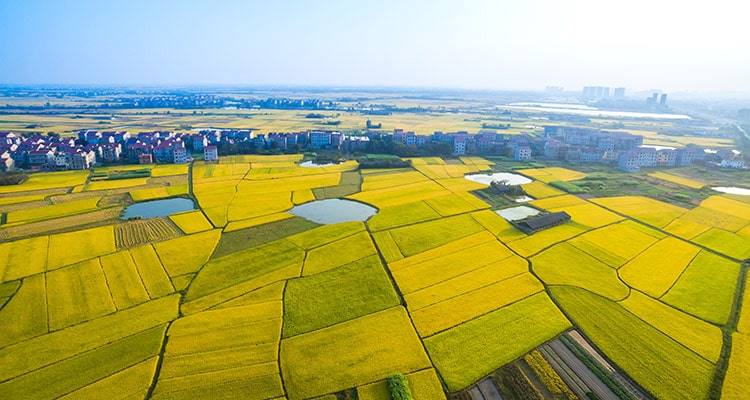
It might be easy to dismiss the earth beneath our feet as just so much dirt. But without it humankind would not exist.
As former US president Franklin D Roosevelt once said:
“The nation that destroys its soil destroys itself.”
He was speaking in the 1930s after years of severe drought and relentless winds turned states across America into the ‘dust bowl’. The notorious disaster wiped out crops and livestock and forced countless families across America to abandon their farms.
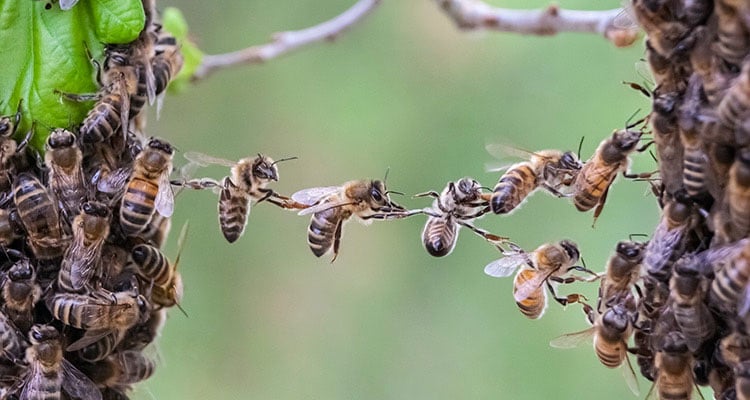
Phillip Whelpdale of the Yorkshire Wildlife Trust admits to being tongue in cheek with his bold, questioning reference to cult science fiction comedy The Hitchhikers Guide to the Galaxy, in which a supercomputer mysteriously calculates the meaning of life as 42.
But working out where species will thrive in future, as global warming pushes them north seeking cooler places, and key habitat is lost as industries and housing spread, is a serious problem.
The programme pulls in data from conservationists’ understanding of where wildlife is now and where animals might move in future.

It is 15 years since the UK sweltered in the record-breaking 2003 summer heatwave. While the sunshine was welcome to many, it also brought deadly consequences, with more than 2,000 people across England and Wales dying in the stifling heat. Some 800 of those deaths were due to air pollution.
The death toll spurred the government to improve a nationwide heatwave warning system using scientific research from NERC. The new system provided more accurate predictions of growing smog as temperatures soared.
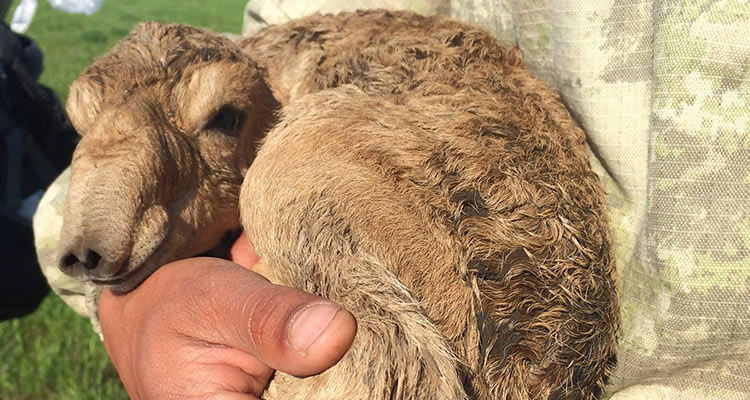
In May 2015 the sudden death of more than 200,000 saiga antelopes in Kazakhstan baffled the world.
In just three weeks, entire herds of tens of thousands of healthy animals died of haemorrhagic septicaemia. The deaths took place in the Betpak-Dala region of Kazakhstan, across a landscape equivalent to the area of the British Isles, and the number dead represented more than 60% of the species’ global population.